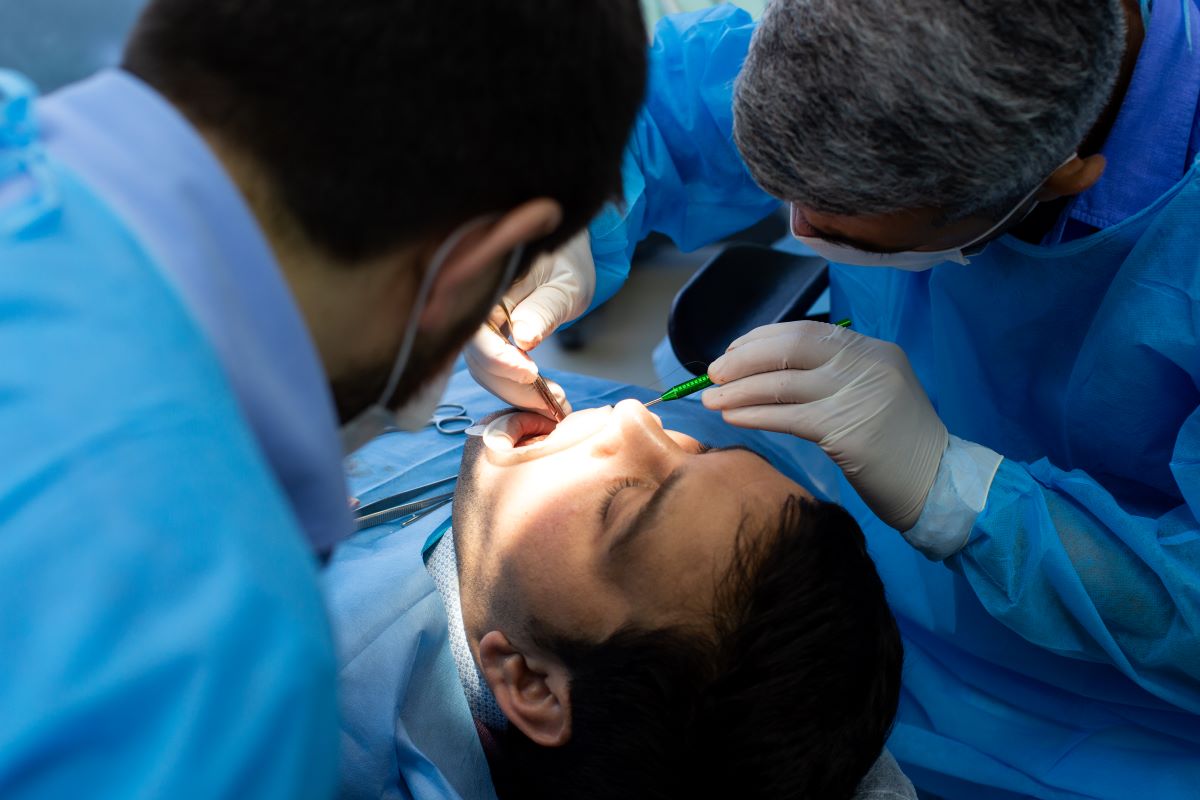Have you ever been to your specialist’s office and found out that you have a cavity? If so, did you wonder how it is formed? Did you know that cavities form in stages, or that you might be able to reverse your cavity before it’s too severe?
You see, after you eat, your teeth will be exposed to plaque and tartar. This can eventually weaken the outer layer of it, also known as enamel. Brushing and flossing are essential to keeping plaque and harmful bacteria away from your pearly whites, but even if you take care of your teeth exceptionally well, your enamel could still be damaged.
If your enamel is hurt, you might notice its discoloration. Fortunately, this issue can be reversed. However, if you fail to address this enamel decay, it could continue to spread quickly. If this happens, the cavity will need to be filled by a dental expert. Luckily, you can often recognize dark spots on your teeth if you have this stage of tooth decay.
Tooth decay can also get into your dentin, which is the soft layer under your enamel. Sadly, when this happens, decay might also spread to the pulp inside your tooth, which can impact connective tissue and your tooth’s nerves. If this happens, you could need root canal therapy. If it is not addressed, your decay can spread farther and ultimately affect your jaw.
Stages of Cavity Formation
The first stage of developing a cavity is plaque formation. The strains of bacteria that come from the food and drinks you consume thrive in your mouth, particularly those sugary foods. When the sugars aren’t cleaned off, the bacteria feed on them; thus producing acids.
The acids, along with bacteria, food particles form plaque. Plaque wears away the enamel – the tooth’s hard protective outer surface. When the enamel is gone, the bacteria attack the softer layer of the tooth called the dentin.
This continues until it reaches the inner material of the tooth or the pulp is affected. When the decay enters this point, you’ll experience toothache, sensitivity, and pain when biting.
Typically, you can avoid these problems by keeping your it clean at home and by scheduling an appointment with our team every six months.
How to Prevent Cavity Formation
Being consistent and diligent with your oral care can go a long way in helping to avoid cavities. Here are some things you can do:
- Brush your teeth at least twice a day.
- Floss once a day.
- If you can’t brush your teeth, rinse your mouth thoroughly with water.
- Don’t drink sweetened beverages as it contains sugar that will speed up the cavity-forming process.
Contact Us for an appointment.










